Upper & Lowercase Letters Worksheets for Ages 3-4
50 filtered results
-
From - To
Unveil an exciting journey into the world of alphabets with our captivating Upper & Lowercase Letters worksheets, meticulously crafted for Ages 3-4. Engaging and educational, these worksheets are a delightful blend of fun and learning, tailored specifically to nurture young minds at a critical stage of their development. Through a series of carefully designed activities, children will master the distinction between uppercase and lowercase letters, laying a solid foundation for their reading and writing skills. Empower your little ones with the confidence to explore the alphabet in its entirety, ensuring a smooth transition into the magical realm of literacy. Perfect for preschool learners, these worksheets promise a joyful learning experience, setting the stage for a lifelong love of learning.
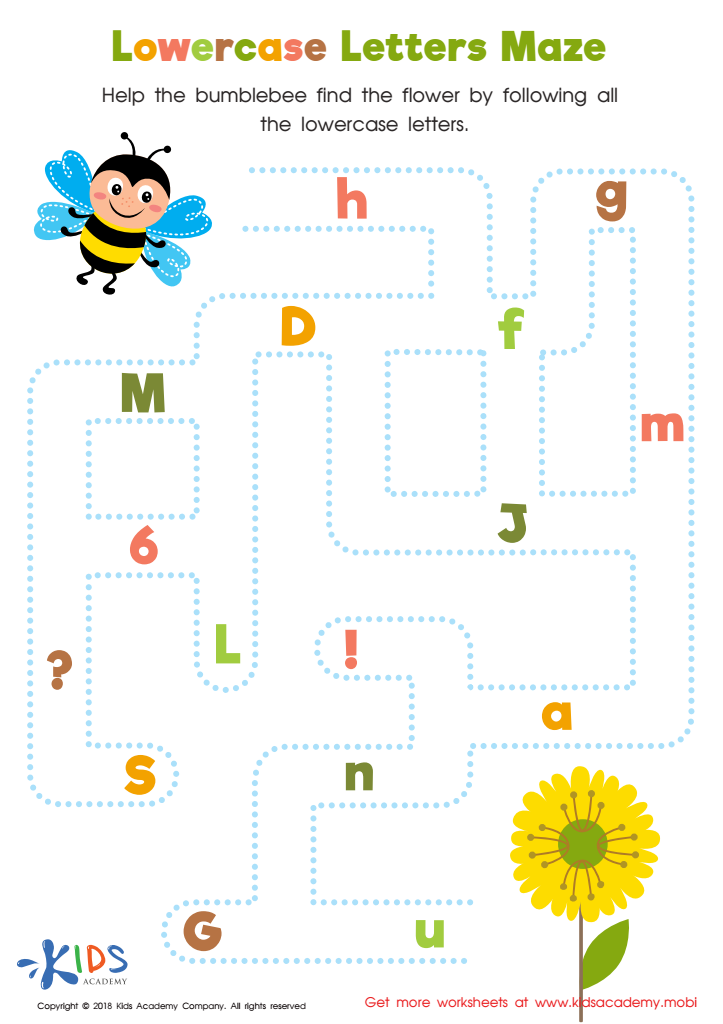

Lowercase Letters Maze Worksheet
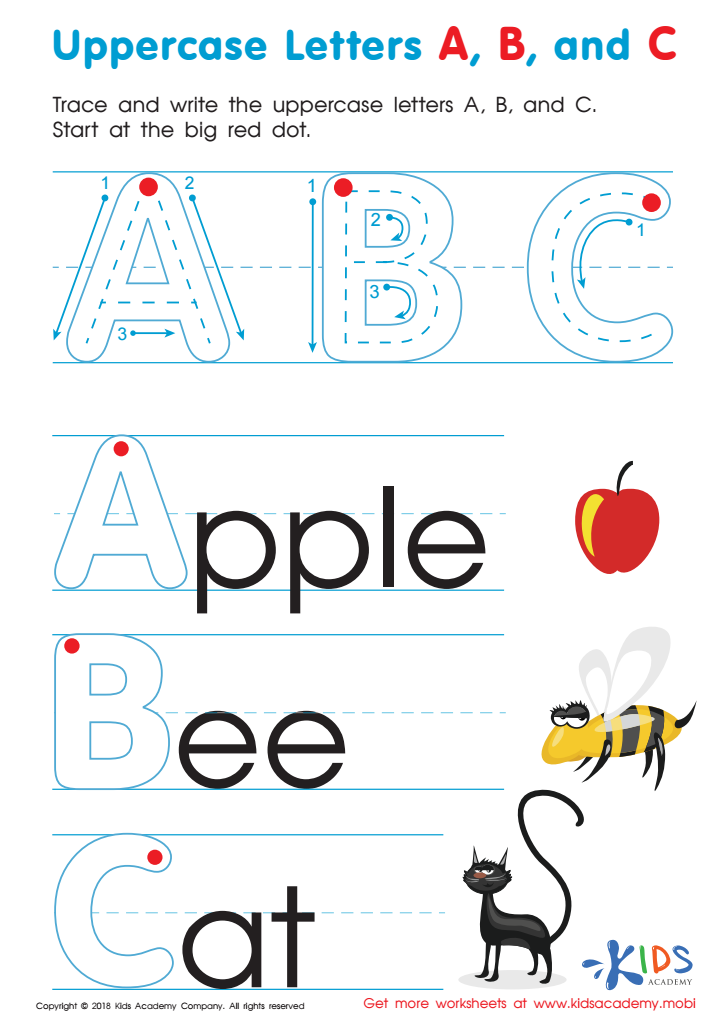

Uppercase Letters A, B, and C Worksheet
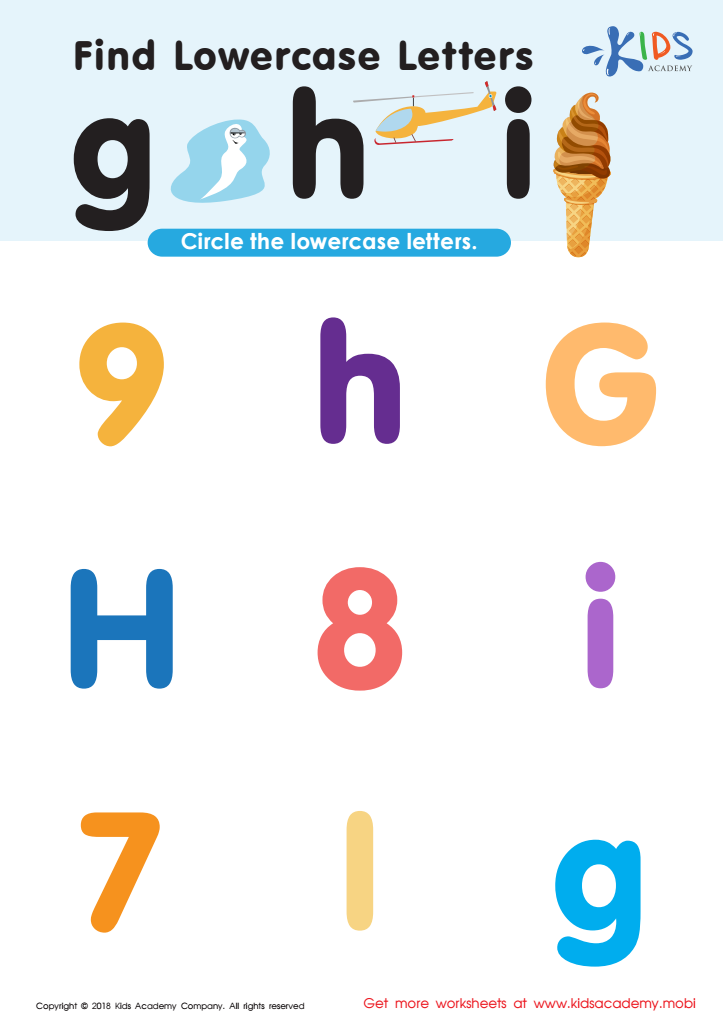

Find Lowercase Letters g h i Worksheet
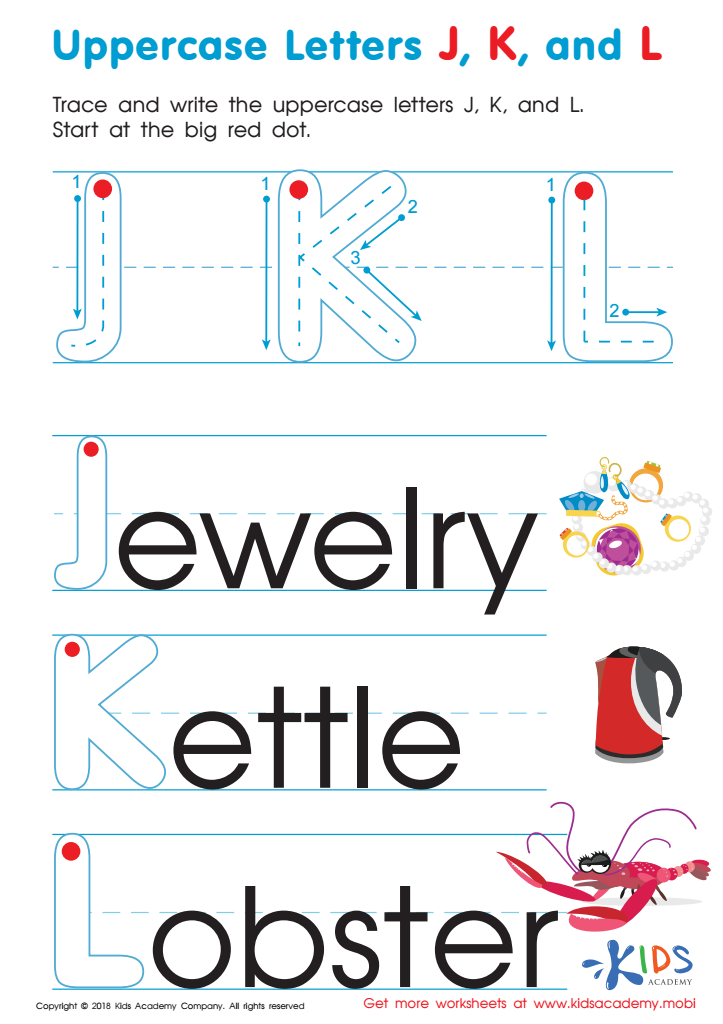

Uppercase Letters J, K, and L Worksheet


I Stands High Worksheet
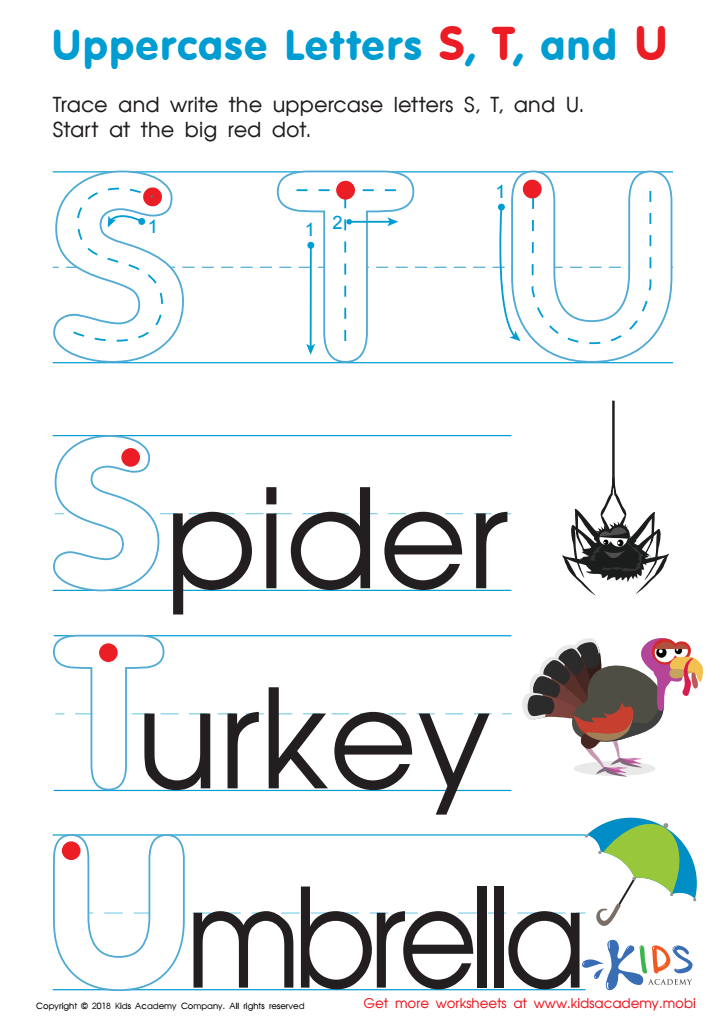

Uppercase Letters S, T, and U Worksheet
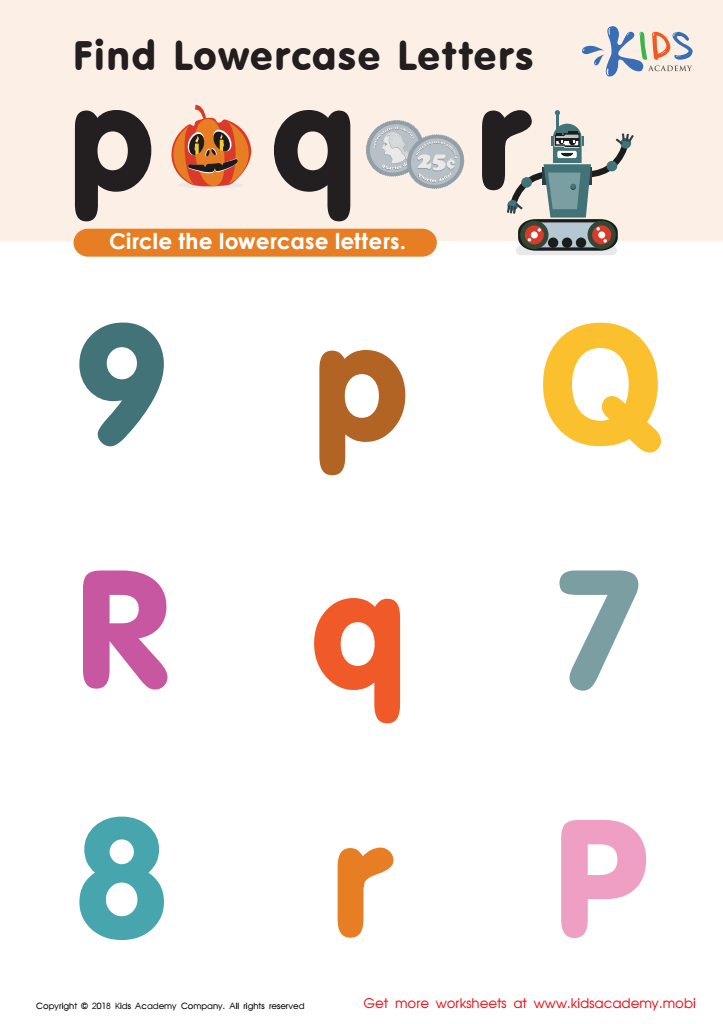

Find lowercase Letters p q r Worksheet
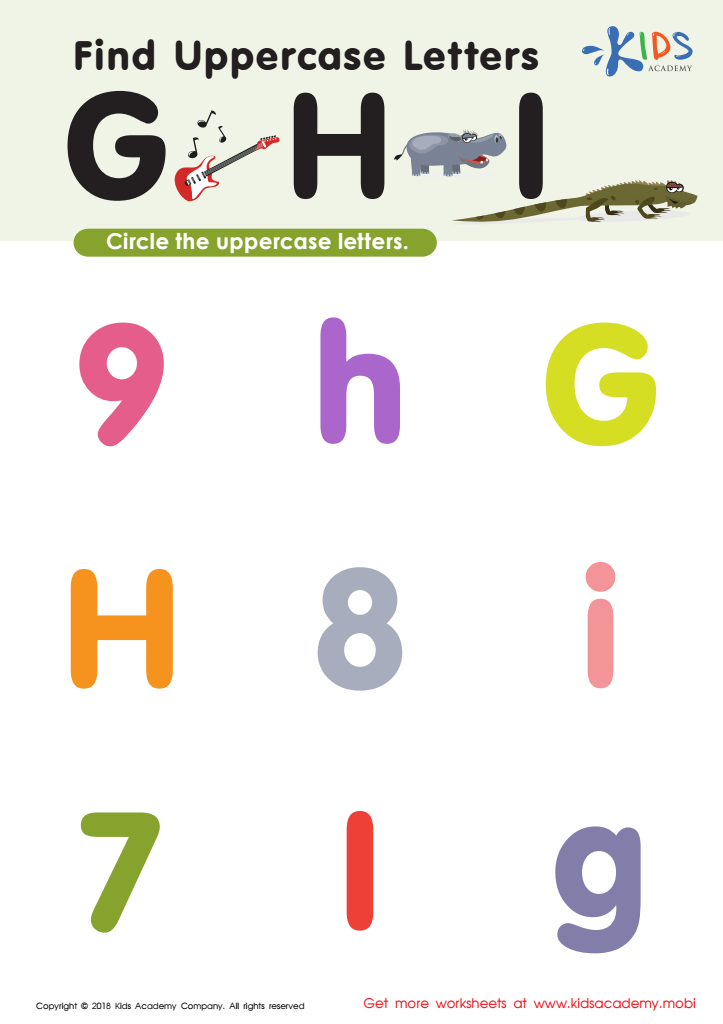

Find Uppercase Letters G, H, and I Worksheet
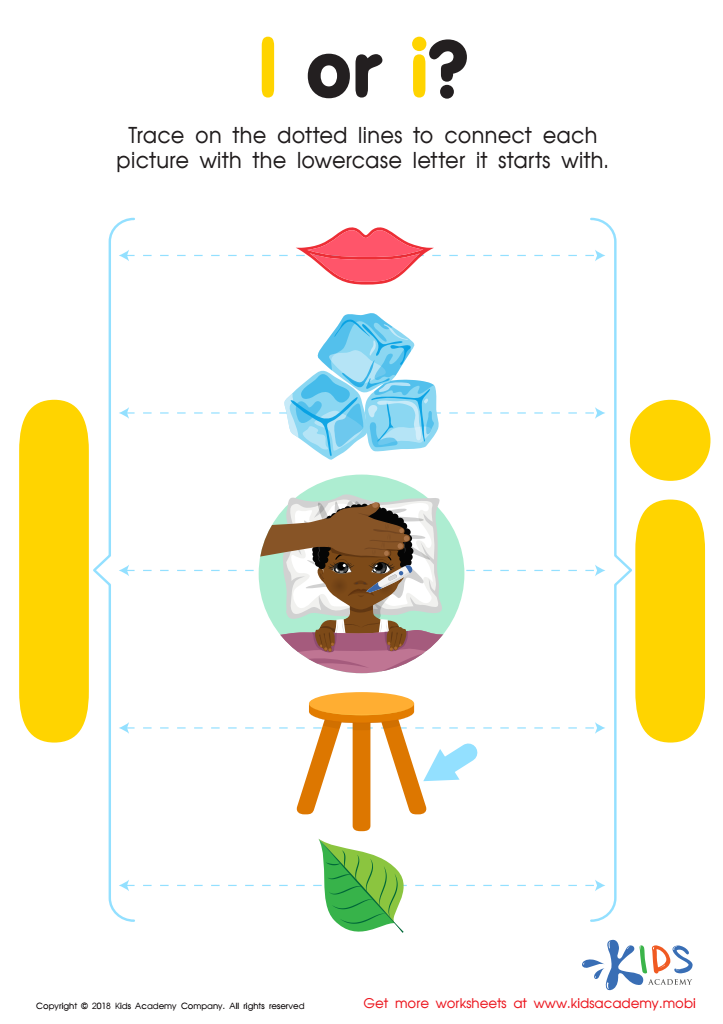

l or i? Worksheet
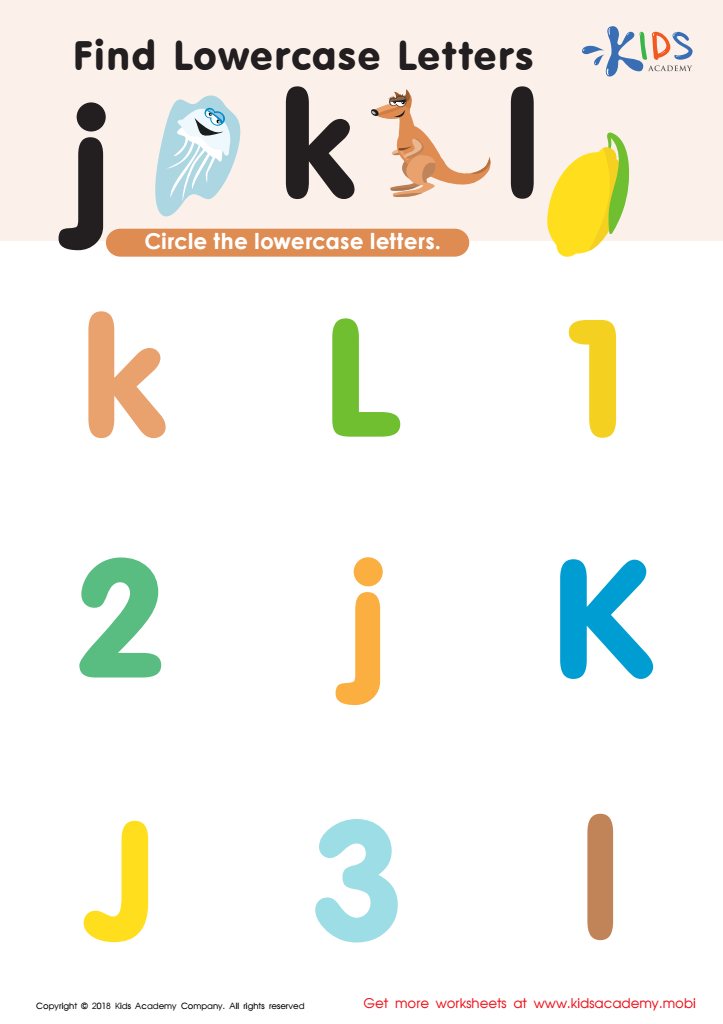

Find Lowercase Letters j k l Worksheet
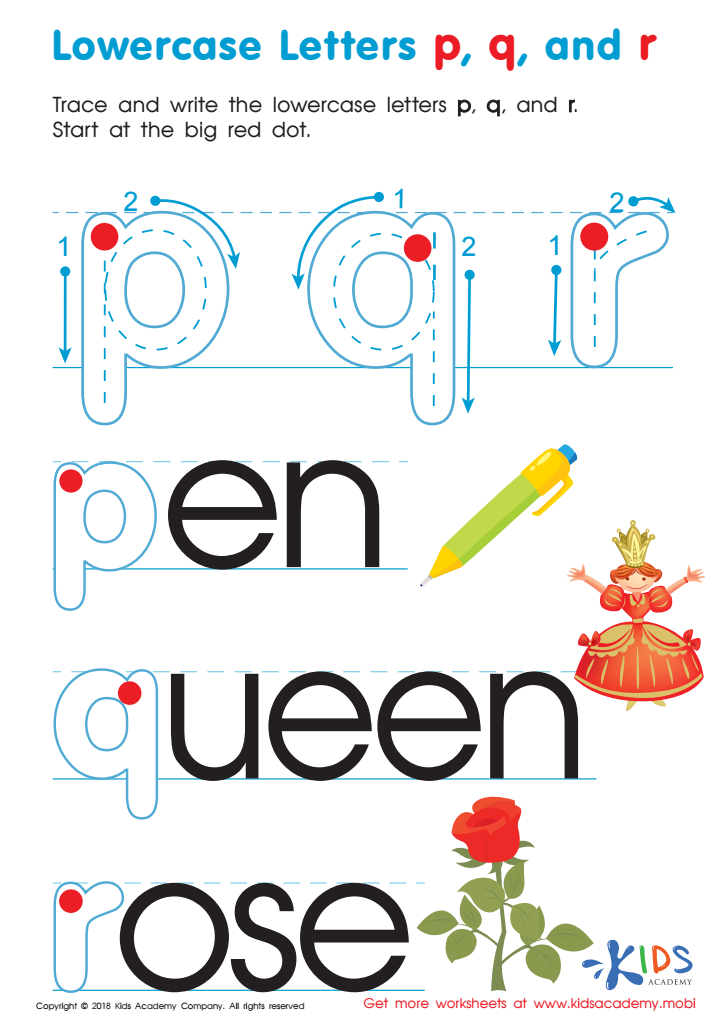

Lowercase Letters p q r Worksheet
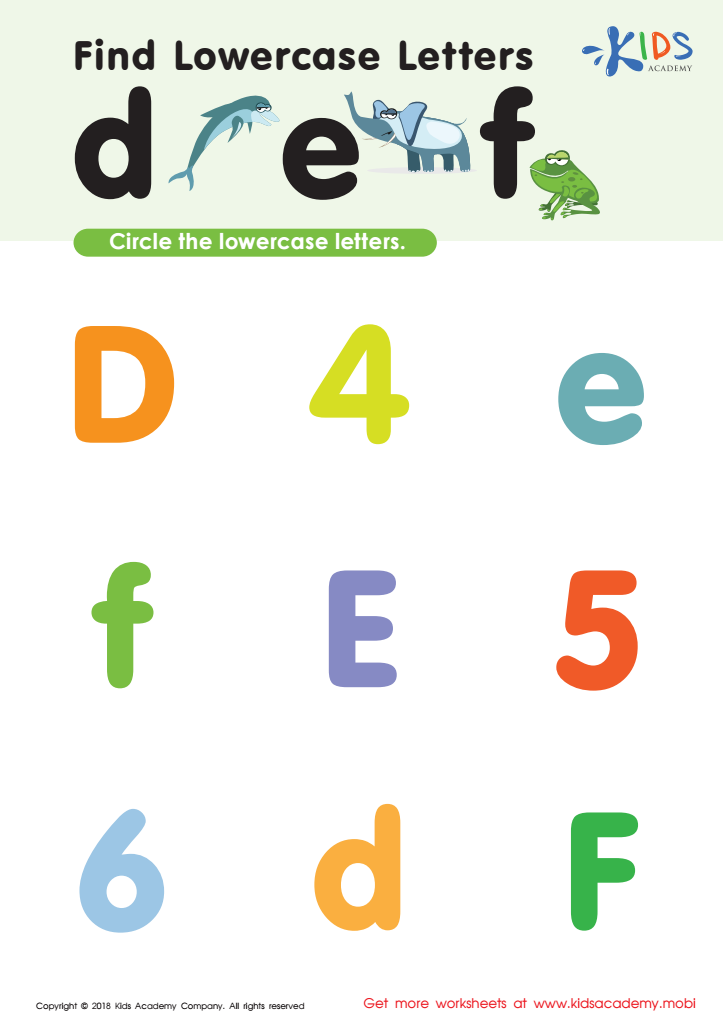

Find Lowercase Letters d e f Worksheet
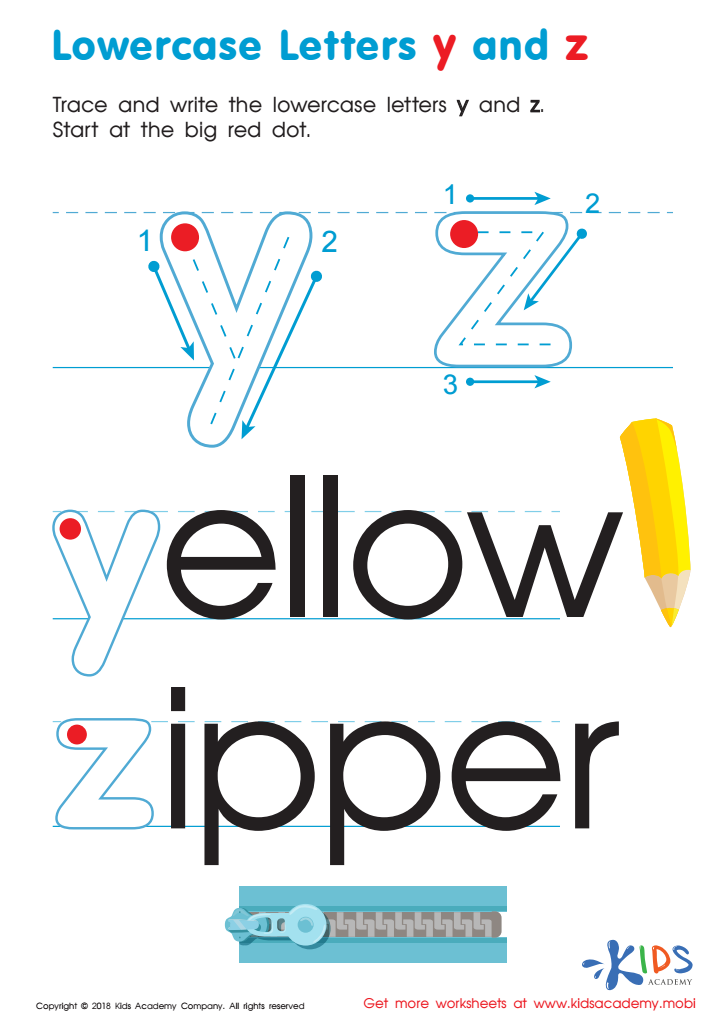

Lowercase Letters y z Worksheet


Uppercase Letters Maze Worksheet
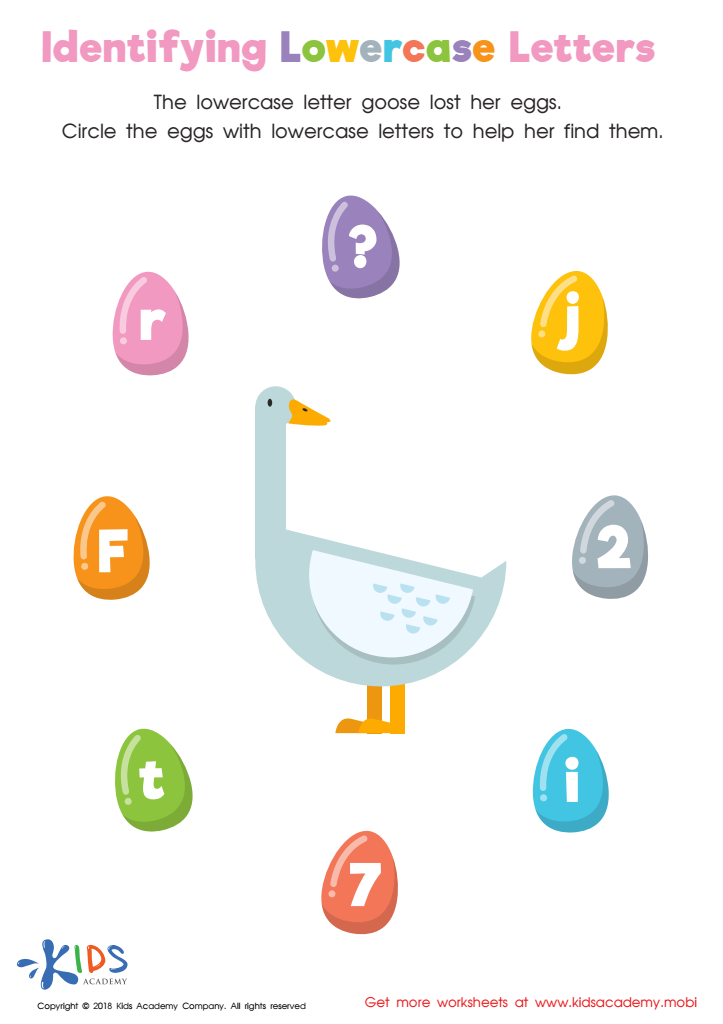

Identifying Lowercase Letters Worksheet


Find Uppercase Letters Worksheet


Find Uppercase Letters J, K, and L Worksheet
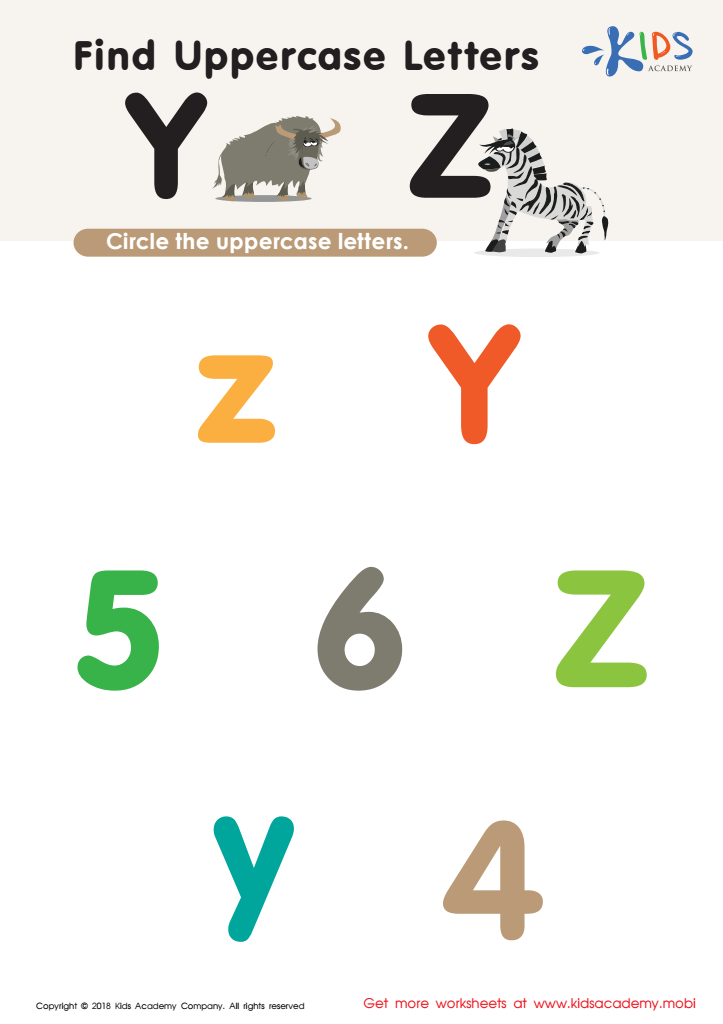

Find Uppercase Letters Y Z Worksheet
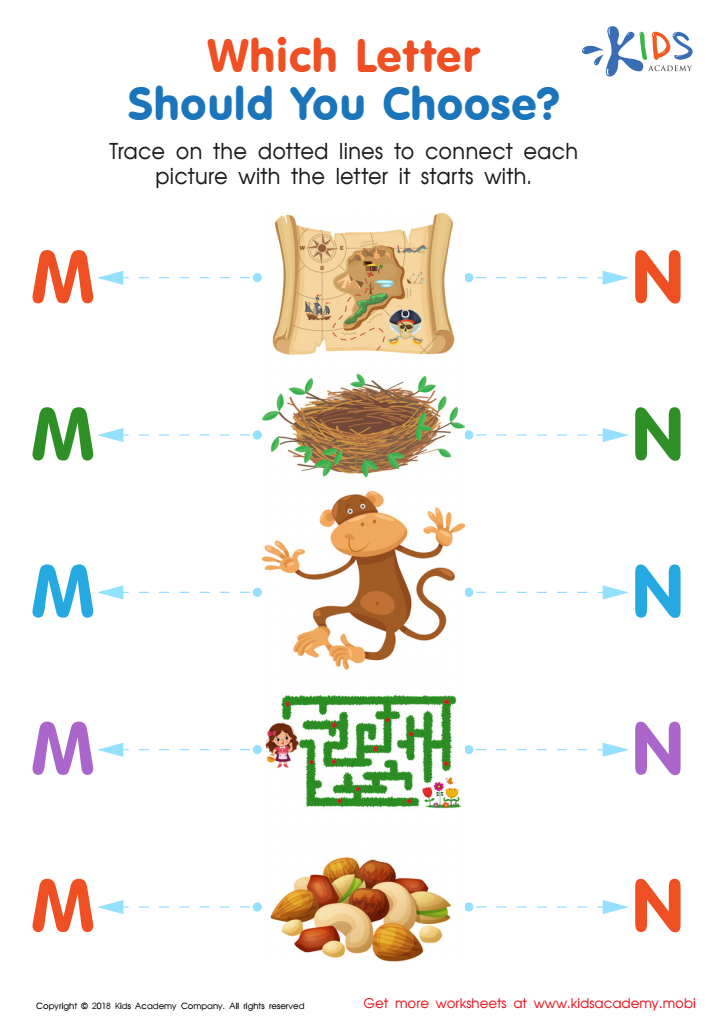

Which Letter Should you Choose? Worksheet
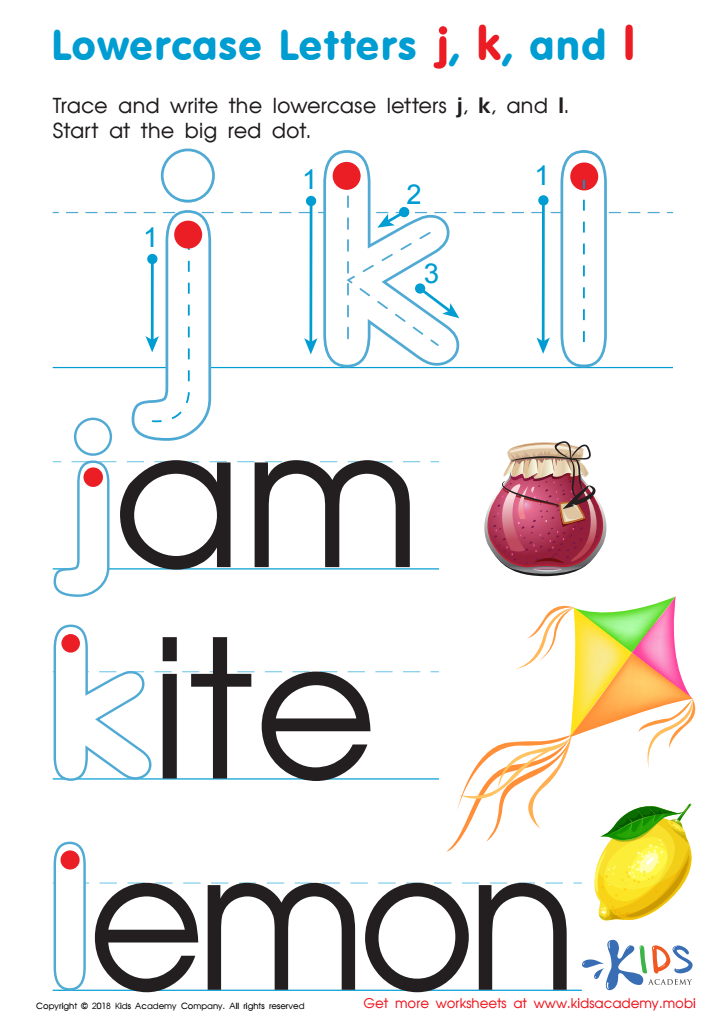

Lowercase Letters j k l Worksheet
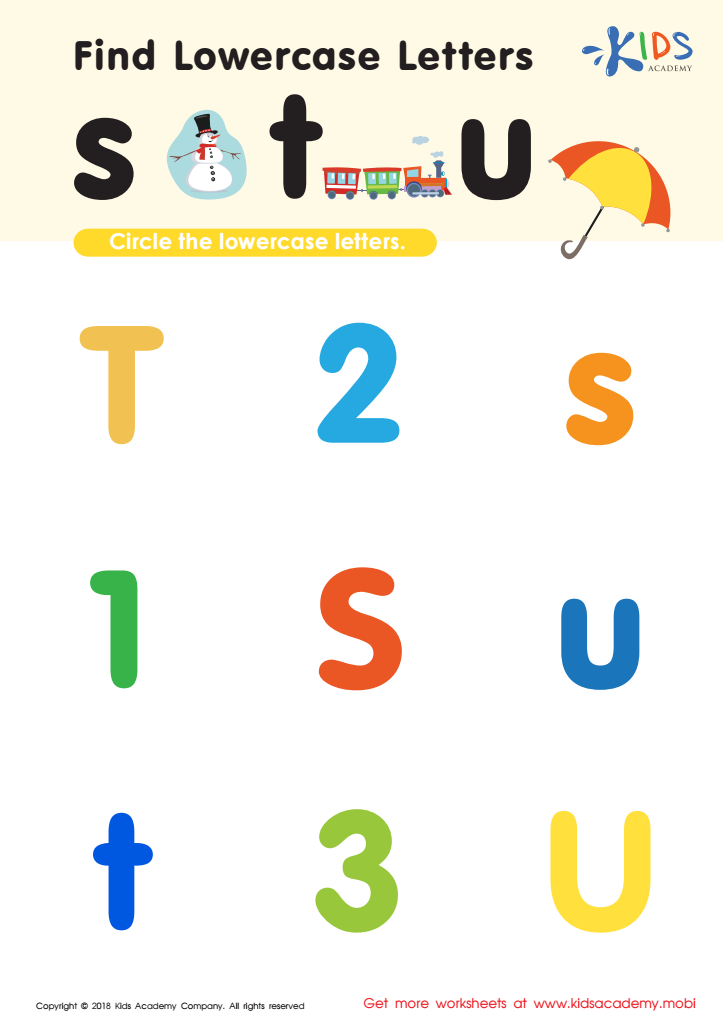

Find lowercase Letters s t u Worksheet
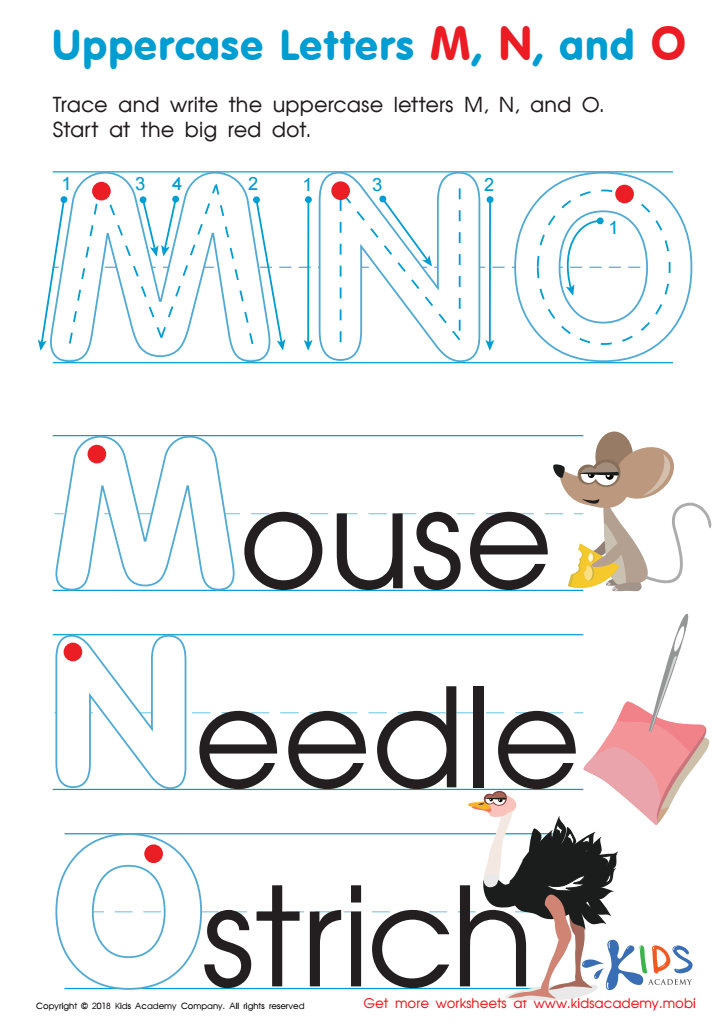

Uppercase Letters M, N, and O Worksheet
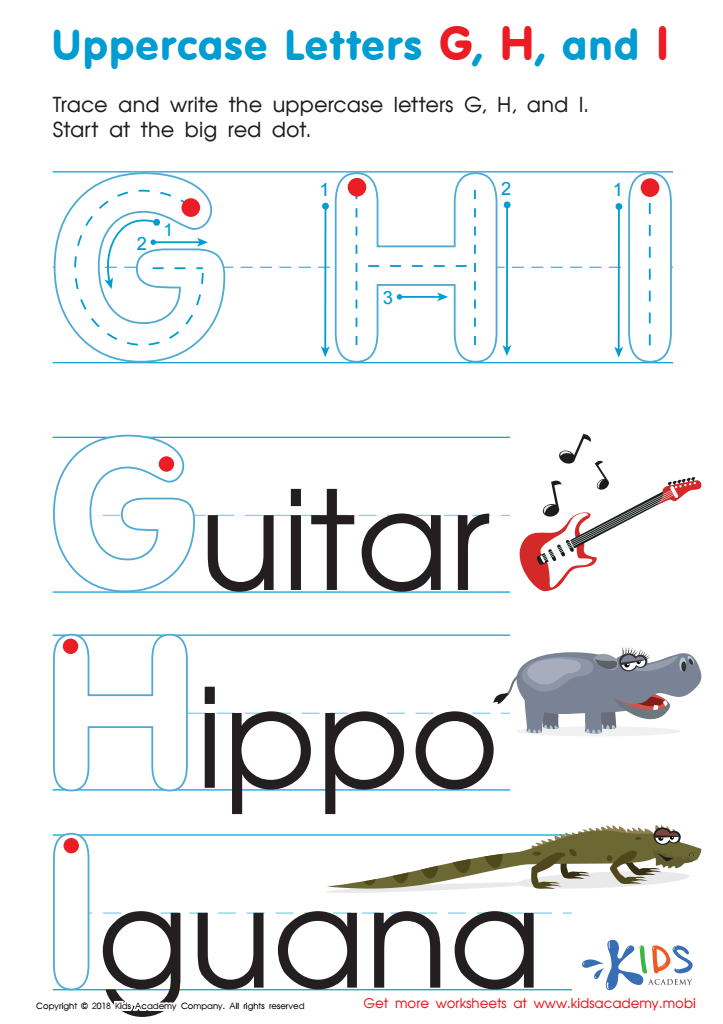

Uppercase Letters G, H, and I Worksheet
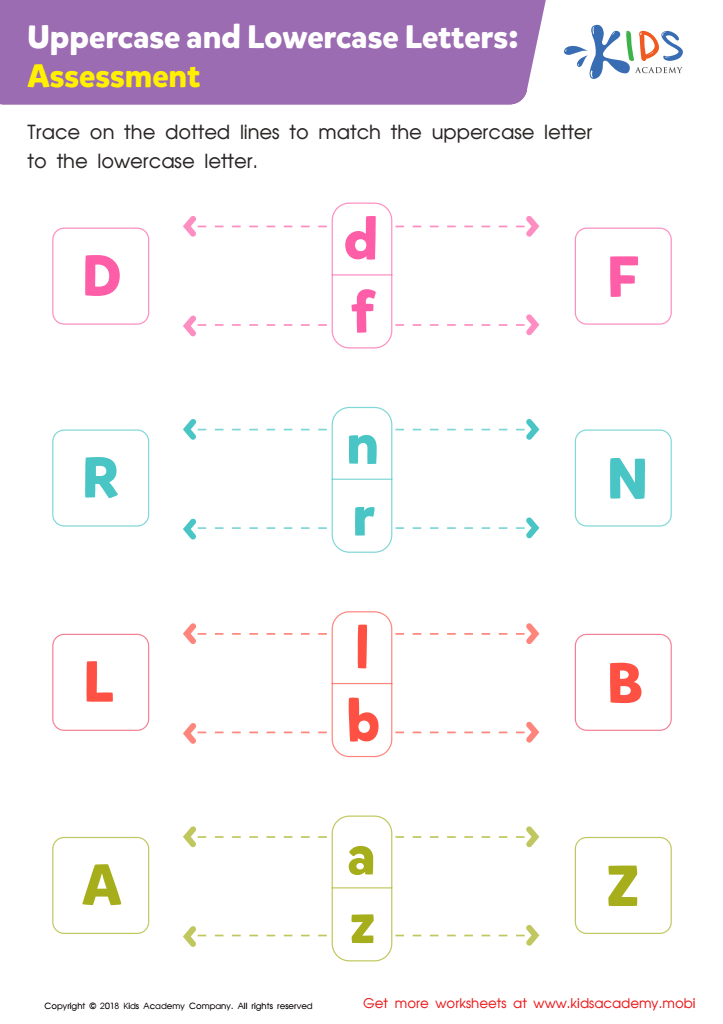

Uppercase and Lowercase Letters: Assessment Worksheet
Worksheets on Upper & Lowercase Letters for Ages 3-4 are an invaluable tool in early childhood education, laying a solid foundation for literacy skills. At this tender age, children are visually and mentally ready to distinguish shapes and symbols, making it the perfect time to introduce them to the alphabet in both its upper and lowercase forms. These worksheets are specifically designed to cater to the developmental needs of 3 to 4-year-olds, incorporating colorful, engaging activities that not only hold their attention but also enhance their learning experience.
The importance of learning both uppercase and lowercase letters cannot be overstated. Mastery of these forms is essential for reading and writing fluency. Upper and lowercase letters often look quite different from each other, and recognizing the relationship between these forms is a critical step in a child's educational journey. By practicing with worksheets tailored for their age group, children can develop the fine motor skills necessary for writing, while also building their memory and recognition skills.
Moreover, Upper & Lowercase Letters worksheets for Ages 3-4 provide a structured environment for learning. They gradually introduce new letters, allowing children to progress at their own pace. This methodical approach reinforces learning, ensuring that the foundational blocks of literacy are strongly in place. Through repeated practice, children become confident in their ability to identify and use both uppercase and lowercase letters, setting them up for success in their future academic endeavors.
 Assign to My Students
Assign to My Students












